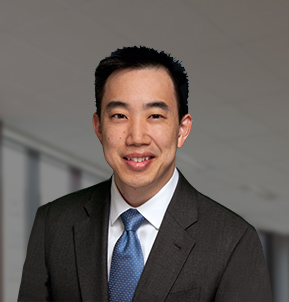
A torn Achilles tendon can be one of the most frustrating injuries for athletes, often striking during a sudden sprint or awkward landing. It’s a painful setback that once meant a long road to recovery. But with recent advances in treatment, athletes today are returning to play faster than ever. Here’s how cutting-edge treatments and rehab strategies are changing the game.
Understanding the Achilles Tendon and How It Tears
The Achilles tendon is the largest and strongest tendon in the body, connecting the calf muscles to the heel bone. It's responsible for pushing off during walking, running, and jumping; essential movements for any athlete. Tears often occur during explosive motions or changes in direction, especially in sports like basketball, soccer, tennis, or football.
Common symptoms include a sudden pop or snap at the back of the ankle, followed by sharp pain, swelling, and difficulty walking. In most cases, patients are unable to stand on their toes or push off the injured foot.
Traditional vs. Modern Treatment Options
In the past, treatment for a torn Achilles tendon often involved open surgery and extended immobilization. While still effective in some cases, this approach came with risks like wound complications and prolonged recovery times.
Today, many orthopedic foot and ankle specialists use minimally invasive techniques to repair the tendon through smaller incisions. These methods reduce tissue trauma, lower the risk of infection, and support faster functional recovery. Some cases may even qualify for non-surgical management, especially with early diagnosis and proper bracing protocols.
Physical therapy begins earlier than before, focusing on restoring strength, mobility, and proper gait mechanics.
Accelerated Recovery for Athletes
With a customized treatment plan, many athletes are now able to return to sport within 4–6 months, compared to the 9–12 months once expected. Factors that support faster recovery include:
- Early diagnosis and intervention
- Minimally invasive surgical repair
- Functional rehabilitation protocols
- Advanced biologic therapies, such as platelet-rich plasma (PRP)
Each treatment plan is carefully tailored to the athlete’s level of activity, age, and goals.
If you’ve experienced a suspected Achilles tendon injury, don’t delay care. Early evaluation is key to an optimal outcome. As a practice that specializes in advanced foot and ankle care, we offer the latest techniques to support a safe and speedy return to activity. Book an appointment today to explore your treatment options and get back to what you love.
AUTHOR: Bryant S. Ho, MD is board-certified in orthopedic surgery and is trained in the operative and non-operative management of adolescent and adult foot and ankle disorders. Dr. Ho places a strong emphasis on customizing his care for each patient to ensure successful outcomes. He provides all treatment options, including preventative care, conservative management, and operative intervention.



